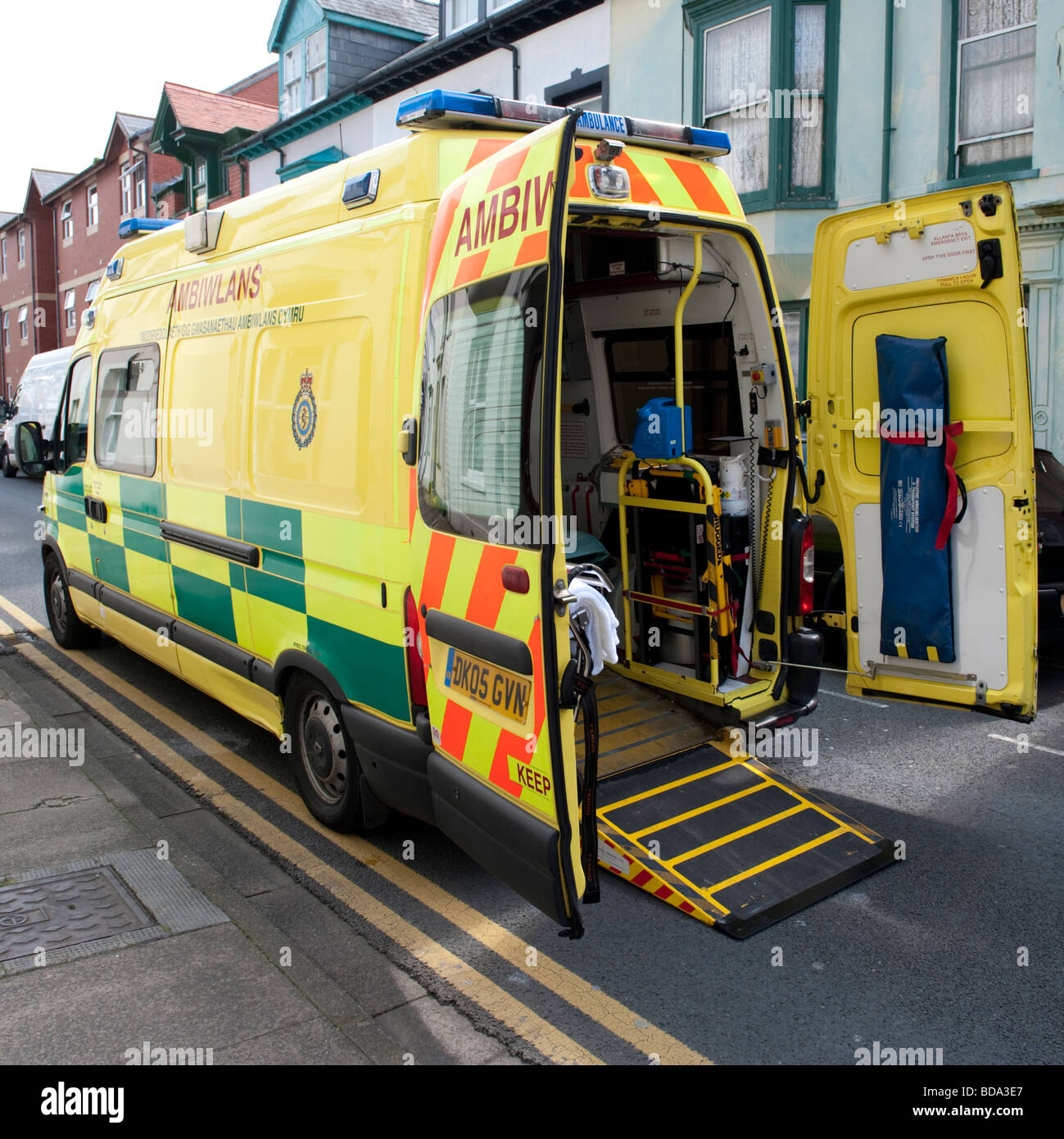Are you searching for comprehensive information about the Welsh Ambulance Service and the critical role it plays in providing emergency and non-emergency medical care in Wales? Look no further!

Premium Photo | Professional paramedic providing emergency medical care - Source www.freepik.com
After extensive analysis and research, we have compiled this comprehensive guide to assist you in gaining a thorough understanding of the Welsh Ambulance Service. By exploring its functions, services, and impact, you will appreciate the indispensable role it plays in safeguarding the health and well-being of the people of Wales.
FAQ (Frequently Asked Questions)
This Frequently Asked Questions (FAQ) section aims to provide comprehensive information about the Welsh Ambulance Service and its services. This page addresses common concerns and misconceptions to ensure individuals have a clear understanding of our operations and the medical care we provide in Wales.

Premium Photo | Emergency Medical Care Scene - Source www.freepik.com
Question 1: What is the Welsh Ambulance Service, and what types of medical care does it provide?
The Welsh Ambulance Service is responsible for providing emergency and non-emergency medical care to the people of Wales. We attend a wide range of incidents, from life-threatening emergencies to less serious illnesses and injuries. Our paramedics and emergency medical technicians are highly trained and experienced in providing pre-hospital care to patients of all ages.
Question 2: What is the best way to contact the Welsh Ambulance Service in an emergency?
The best way to contact the Welsh Ambulance Service in an emergency is to call 999. This number should only be used for life-threatening emergencies, such as cardiac arrest, breathing difficulties, or severe bleeding. If your situation is not an emergency, please call our non-emergency number, 111.
Question 3: What happens when I call 999?
When you call 999, you will be connected to a call handler who will ask you a series of questions to assess the nature of your emergency. The call handler will then dispatch the most appropriate medical response to your location. This may be an ambulance, a paramedic car, or a community first responder.
Question 4: What is the Welsh Ambulance Service's response time?
The Welsh Ambulance Service aims to respond to life-threatening emergencies within eight minutes. However, this may vary depending on the location of the emergency, the availability of resources, and the severity of the situation.
Question 5: What should I do if I need non-emergency medical care?
If you need non-emergency medical care, you can call our non-emergency number, 111. This number is available 24 hours a day, seven days a week. A call handler will assess your symptoms and advise you on the best course of action. This may include directing you to a local health center, GP surgery, or hospital.
Question 6: What are the Welsh Ambulance Service's key performance indicators (KPIs)?
The Welsh Ambulance Service's key performance indicators (KPIs) include response times, patient satisfaction, and clinical outcomes. We are constantly working to improve our performance in all these areas.
We hope this FAQ section has been helpful. If you have any further questions, please do not hesitate to contact us.
Transition to the next article section: For more information about the Welsh Ambulance Service, please visit our website.
"Welsh Ambulance Service: Providing Emergency And Non-Emergency Medical Care In Wales"
Editor's Notes: The Welsh Ambulance Service is a vital part of the UK's National Health Service (NHS) which provides emergency and non-emergency medical care to the people of Wales. It is one of three ambulance services in the UK, along with the English Ambulance Service and the Scottish Ambulance Service. The Welsh Ambulance Service is responsible for providing a range of services, including:
We did some analysis and digging information, made this "Welsh Ambulance Service: Providing Emergency and Non-Emergency Medical Care in Wales" guide, to help you make the right decision.
Key differences or Key takeways:
| Emergency Medical Services | Non-Emergency Medical Services | |
|---|---|---|
| Purpose | Respond to life-threatening emergencies | Provide non-urgent medical transport |
| Response time | Immediate | Varies depending on acuity of need |
| Vehicles | Ambulances, rapid response vehicles | Ambulances, patient transport vehicles |
| Staff | Paramedics, emergency medical technicians | Paramedics, emergency medical technicians, non-emergency medical personnel |
| Service | Description |
|---|---|
| Emergency medical care | Responding to 999 calls and providing emergency medical care to people who are seriously ill or injured. |
| Non-emergency medical care | Providing non-emergency medical care, such as transporting patients to and from hospital appointments, and providing care to people in their homes. |
| Patient transport | Transporting patients to and from hospital appointments, and providing care to people in their homes. |
| Education and training | Providing education and training to the public, such as first aid courses and CPR training. |
Conclusion
The Welsh Ambulance Service is a vital part of the healthcare system in Wales. It provides a range of services that are essential for ensuring that people have access to the care they need, when they need it.
The Welsh Ambulance Service is facing a number of challenges, including:
- An ageing population: The population of Wales is ageing, and this is leading to an increase in the demand for healthcare services.
- A rise in chronic diseases: The number of people with chronic diseases, such as diabetes and heart disease, is increasing. This is leading to an increase in the demand for healthcare services.
- A shortage of staff: The Welsh Ambulance Service is facing a shortage of staff, which is making it difficult to meet the increasing demand for services.
Despite these challenges, the Welsh Ambulance Service is committed to providing high-quality care to the people of Wales. The Service is working to improve its services and to meet the increasing demand for care.



